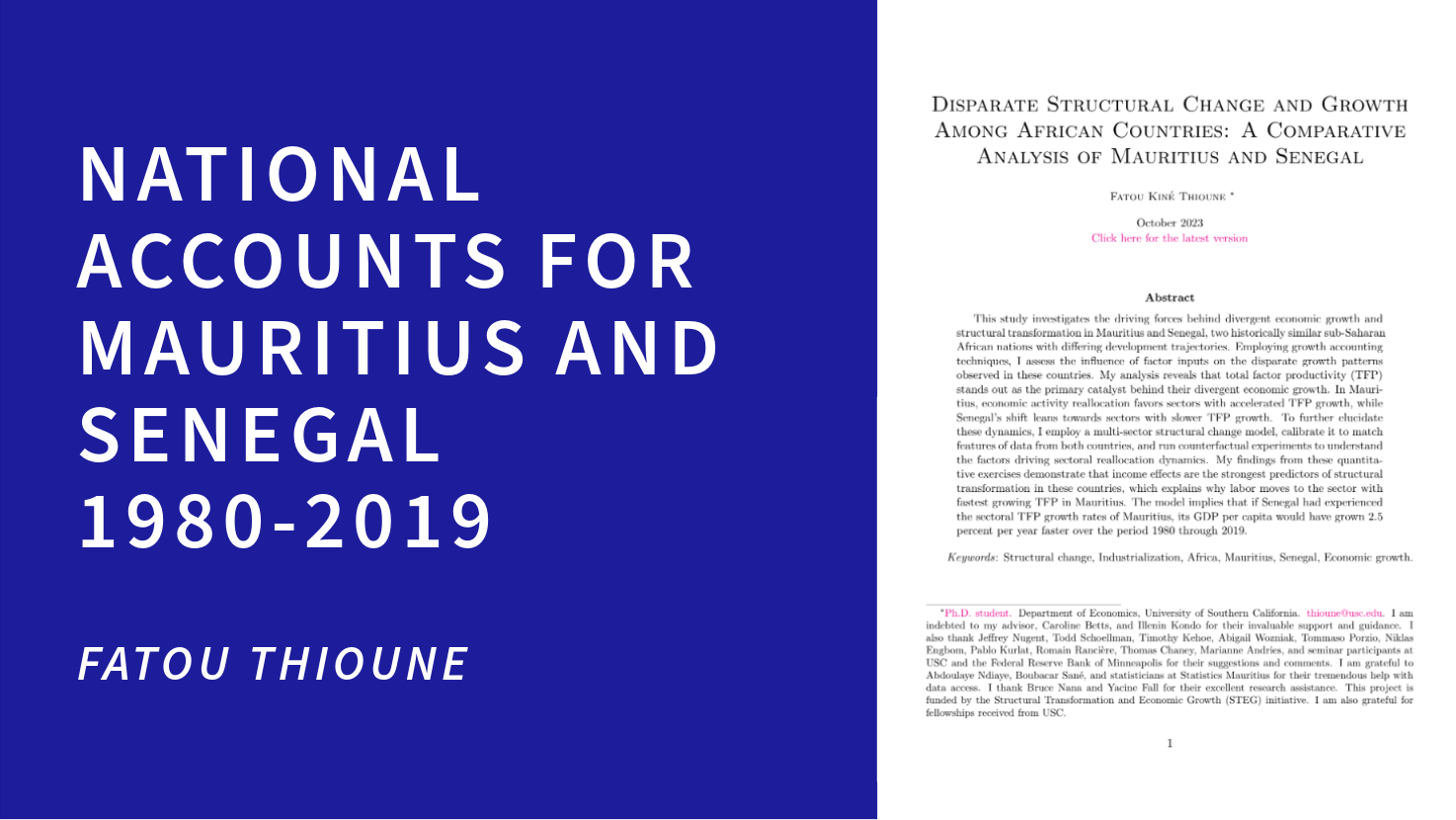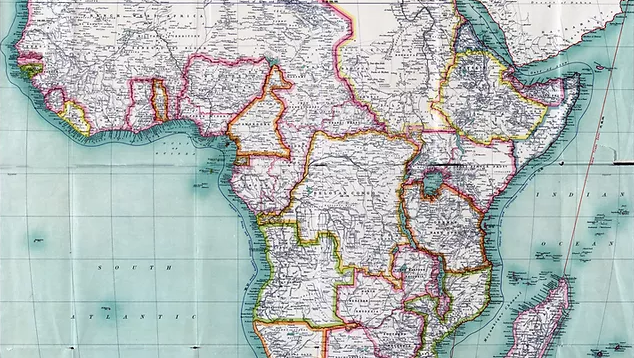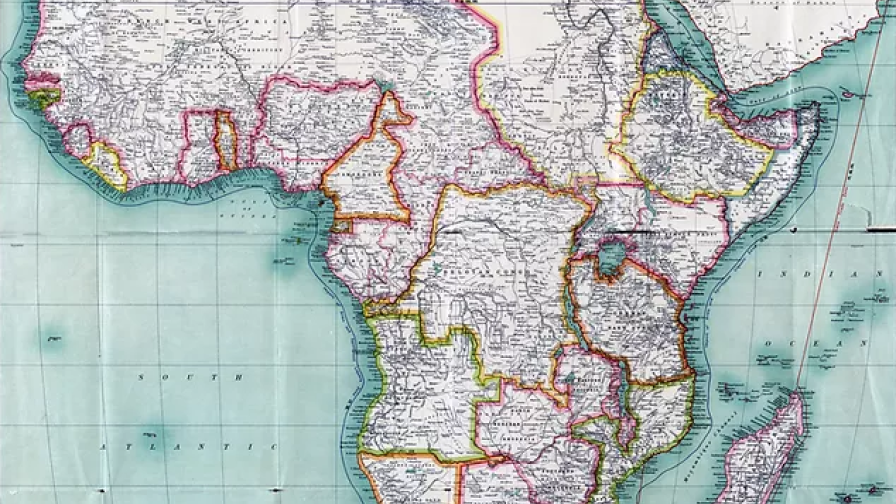This database contains national accounts data for Mauritius and Senegal from 1980 to 2019. The variables included are value added at basic prices, compensation of employees, gross operating surplus, gross fixed capital formation, and consumption of fixed capital. The first three series are all at the sectoral level for both countries, with the economies disaggregated into 19 industries and the data constructed following the 2008 System of National Accounts (SNA). For gross fixed capital formation, the data is at the sectoral level for Mauritius but only at the aggregate level for Senegal, also in 2008 SNA. The consumption of fixed capital series is available for Senegal only and is in 1993 SNA.
The data was collected and constructed by Fatou Thioune. If you have any suggestions, comments, or questions about the data, please contact the author at [email protected].
Data Construction Methodology
The author collected and constructed detailed, uniform, and consistent time series of national accounts data for Mauritius and Senegal. She uses the latest national accounts data released by the countries' statistics offices to obtain the revised series in 2008 SNA, and then use growth rates of the series in earlier systems and years from the archival data to back-cast a historical harmonized series. This same methodology is used by the Economic Transformation Database (Kruse et al. 2022) and the 10-sector database (Timmer et al. 2015), two databases from the Groningen Growth and Development Center.
The main challenge when constructing these time series was harmonizing the industries. The 2008 SNA is based on the International Standard Industrial Classification (ISIC) revision 4 with 19 industries, while the 1993 SNA is based on ISIC revision 3 with only 14 industries and the 1968 SNA divides the economy into only 10 industries. The author maintains the 19 industries of the ISIC revision 4 as in the 2008 SNA. To obtain the same 19 industries for the 1993 and 1968 SNAs, she splits some industries in these SNAs into subindustries to match the industries in the 2008 SNA. A detailed explanation of the construction of my time series is given in the Online Appendix of the working paper.
Data Sources
The author uses five main sources for Mauritius national accounts data: the national accounts database from Statistics Mauritius; the input-output tables from Statistics Mauritius; the national accounts statistics: main aggregates and detailed tables from the United Nations; archival data from the Government Information collections of the Harvard Lamont library. The latest national accounts from Statistics Mauritius were released in December 2022 and were compiled following the 2008 SNA and cover the period from 2006 to 2019. The input-output tables are published every five years from 1992: 1992, 1997, 2002, 2007, 2013, 2018. The UN main aggregates and detailed tables were published in 2019 and were based on the 2008 SNA from 2013 to 2019, and on the 1993 SNA from 2008 to 2013 (with overlapping year 2013). The archival data from Harvard are reported based on all three SNAs: 2008 SNA from 2015 to 2019, 1993 SNA from 1998 to 2015, and 1968 SNA from 1980 to 1998.
For Senegal, there are two main data sources: the UN national accounts: Main Aggregates and Detailed Tables, and archival data from Harvard library’s Government Information collections. The author considers the data from the UN main aggregates and detailed tables published in 2020 as the latest revisions of Senegal’s national accounts in 2008 SNA. The data from the UN tables published in 2019 and 2018 are in 1993 SNA. The archival data from Harvard’s library are published in 1968 SNA and go back to 1980.


















